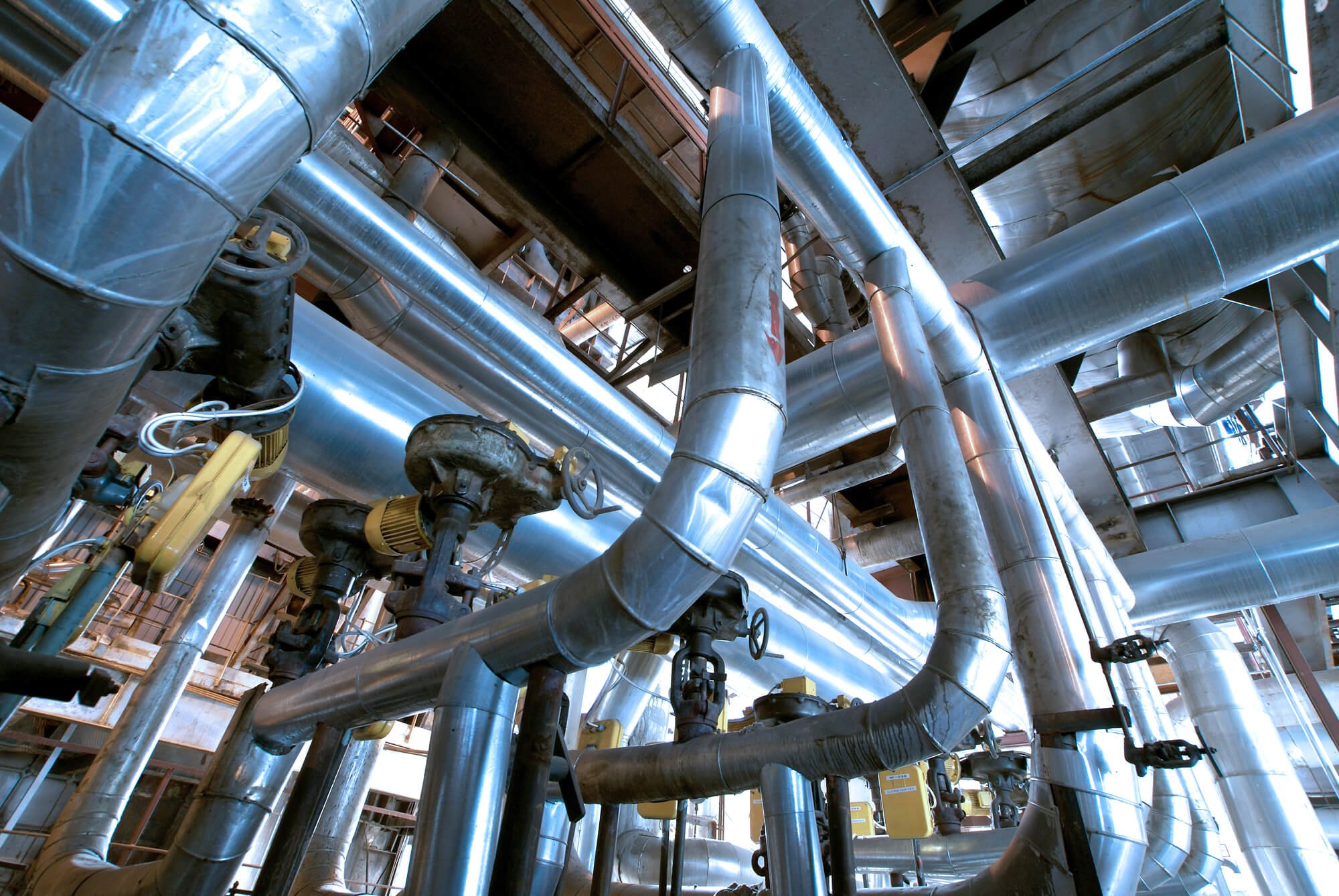Business
Zinc’s importance goes beyond being a metal
Zinc has so many uses and applications in various industries including food, construction, metals, roofing, and buildings.

Zinc may start with the last letter of the Greek alphabet but it is at the top of mind of many industry leaders, stock market gurus, mining company founders, and other power players who steer the course of the world economy.
Gold may be the favorite and precious element for royalty, and silver sparkles with the promise of a buildup towards wealth. However, the unspectacular, yet steady base metal that is zinc is being used for a variety of purposes that, were they to stop at any given time, might literally paralyze the “motor of the world” (as one famous modern philosopher puts it).
Its most obvious use is in protecting the buildings that line up many global skylines and symbolize the progress of industry in many cities and regions. Steel is the chief alloy that is used for design and construction but it is subject to many conditions such as weather and other forms of pressure that can steadily corrode it over time. Builders use zinc to support steel within and without, underlying the steel and then covering it. Because zinc is less susceptible to industrial wear-and-tear than steel or iron, it can shield these elements from damage or erosion.
Zinc’s ability to withstand tremendous pressure has made it valuable material used to build ships, submarines, oil drills, sewage pipes, and water pipelines. According to AZO Materials, 100 million tons of steel are consumed every year to make sure that the world’s entire global operations keep running— and they, in turn, are supported by four million tons of zinc. That’s the amount of zinc that is needed to be mined every year. Any depletion or shortfall can slow down the construction and urban expansion happening right now.
Yet, despite the scale of the service it renders industrial projects, one does not have to walk far to realize how powerfully and closely zinc impacts the life of the average individual. The uses of zinc are literally a step away from the house, or a finger’s touch of your wallet. According to Live Science, 97.5 percent of the American penny is formed out of zinc, with the remaining 2.25 percent consisting of copper.
Minerals Make Life traces how zinc also makes its way from the lofty skyscrapers of the mega-cities to the comfort of our own homes. It is the first line of defense that preserves your roofing from any structural damage that can be caused by too much solar heat, excessive rain unleashed by thunderstorms, or creeping snow assault experienced during winter. It gives the fences and gates found in communities and compounds a structural integrity so strong that—at least based on your favorite apocalyptic movies—they can keep out unwanted crowds of zombies looking for the next human being for their lunch. The zinc that acts as a layer on your garage doors acts as a deterrent against burglars and other criminals wanting to break in.
The importance of zinc to the industrial world has made it the fourth most in-demand metal in the world. Recent mine closures along with non-stop demand will make them even increase. Some of the more massive requirements such as China’s ongoing building of its mega-cities have made the discovery of new supplies mandatory.

Zinc’s importance in the steel and construction industry cannot be undermined. (Source)
Zinc also makes life safer for the younger members of your household. It fortifies the bikes that they ride on to prevent their collapse. It also can carry enough pressure that can hold the weight of your children as they fly high into the air, seated on the swings.
The strength that zinc offers also makes it the go-to element for tomorrow’s technological innovations, especially as far as transport is concerned. It enables the lifting of tons of metal, hundreds of people, and their assorted cargoes and baggage in jet planes. Automobile experts used zinc because of its reliability and flexibility—two aspects that are difficult to come by—when they started designing for hybrid vehicles and the more radical electric cars.
Zinc’s so-called miracle properties extend from the improvement of the machine to the betterment of the human being himself. Live Science says that initial research has shown that spraying zinc on one’s nose within hours after it has been diagnosed with the common cold can stop the mucus from developing and building up. Although it has to be verified, this makes zinc the closest thing that medical science can have to the much-needed, sought-after cure to the common cold. Medical science has also indicated that zinc in the human female’s body is responsible for the development of her eggs. This makes the element a possible ingredient in creating a cure or a solution for infertility.
Zinc remains an essential and fascinating element, the potential of which still has to be tapped. With industrial construction not slowing down anytime soon, coupled with the advances in medical science, that four million tons of zinc that the world uses annually may soon double.
(Featured image via DepositPhotos)

-

 Africa1 week ago
Africa1 week agoForeign Investor Activity in Morocco’s Equity Market in 2024
-

 Biotech7 days ago
Biotech7 days agoJohnson & Johnson’s Tecvayli Combo Shows Breakthrough Results in Multiple Myeloma
-

 Impact Investing2 weeks ago
Impact Investing2 weeks agoEU Drops 2029 Gas Boilers Ban but Ends Incentives from 2025 in Shift Toward Cleaner Heating
-

 Cannabis2 days ago
Cannabis2 days agoTrump Signals Historic Shift: U.S. Weighs Reclassifying Cannabis from Schedule I to III


























You must be logged in to post a comment Login